Green reading, often the deciding factor between a good round and a great one, involves interpreting the subtle undulations and variations of the green on a golf course. This article will guide you through the nuances of this skill, from understanding the basics of green topography to mastering advanced techniques like the Aimpoint method. Additionally, we'll explore the unique challenges presented by different green types on various golf courses, emphasizing how these skills can be applied universally, whether you're playing on your local course or embarking on a Vietnam luxury golf holiday. This journey into green reading will not only improve your putting but also deepen your appreciation for the strategic complexities of golf.
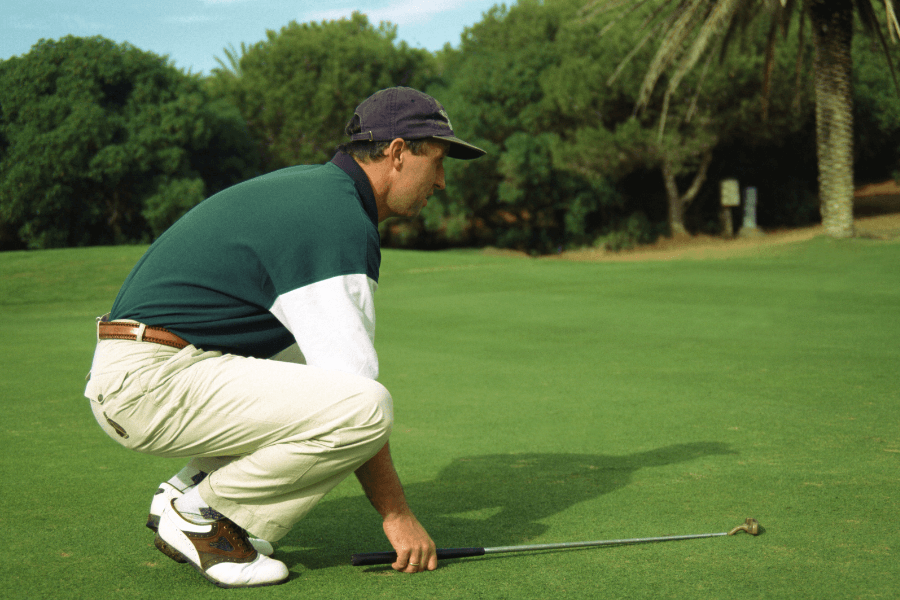 What is Green Reading in Golf
What is Green Reading in Golf
Green reading in golf is a crucial skill that involves analyzing and interpreting the contours, slopes, and textures of the green to predict the path a golf ball will take once it's putted. This technique is essential for golfers as it greatly influences putting accuracy and overall scoring. Mastering green reading requires a keen eye and experience, as players must assess various factors like the grain of the grass, the degree of incline, and even the day's weather conditions, which can affect the green's speed. Effective green reading leads to better judgment calls, allowing golfers to adjust their putting strategy accordingly, a skill that can make a significant difference in their performance on the course.
 Golf Green Reading Techniques: Aimpoint Golf Method
Golf Green Reading Techniques: Aimpoint Golf Method
What is Ampoint Method
The AimPoint Method is a popular and innovative technique used in golf to improve putting accuracy. Developed with the concept of using the golfer's feet to feel slopes on the green, AimPoint provides a more accurate and consistent way to determine the direction and speed of putts.
AimPoint Putting
This aspect of the method involves a unique approach to reading greens. Instead of relying solely on visual assessment, golfers use their feet to feel the slope of the green and their fingers to gauge the degree of the incline. This helps in determining the most accurate line and speed for a putt.
AimPoint Sight
 While not a physical sight or tool, the term relates to how golfers visualize the putt's path using the AimPoint technique. Golfers extend their arm and use their fingers to create a 'sight' line towards the hole. The number of fingers used corresponds to the slope's degree, giving a visual representation of the curve the ball should take.
While not a physical sight or tool, the term relates to how golfers visualize the putt's path using the AimPoint technique. Golfers extend their arm and use their fingers to create a 'sight' line towards the hole. The number of fingers used corresponds to the slope's degree, giving a visual representation of the curve the ball should take.
The main appeal of the AimPoint Method is that it provides a systematic and consistent way to read greens, moving away from guesswork and towards a more scientific approach. This method can be particularly helpful on complex greens with subtle slopes that are hard to read through traditional methods. By mastering AimPoint, golfers can significantly improve their putting performance.
A Step by Step Guide to Aimpoint reading
To become proficient in Aimpoint reading, consistent practice is essential. Here's an introduction on how to perform the Aimpoint golf reading method effectively.
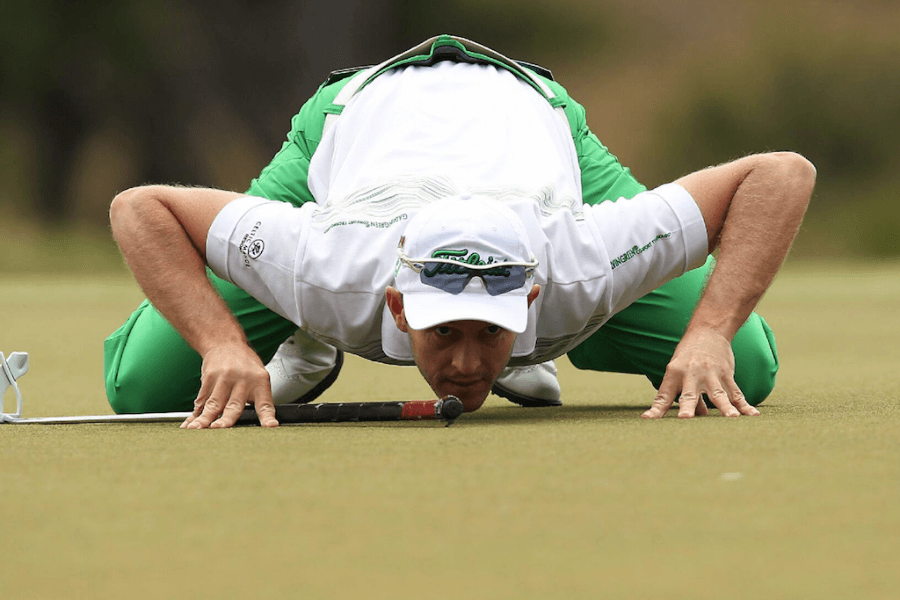 Feeling the Slope
Feeling the Slope
The process begins with the golfer physically standing on their putt line, ideally at the midpoint between the ball and the hole. Closing your eyes, you focus on feeling the slope beneath your feet. This is a crucial step, as the angle and direction of the slope will significantly influence the path of your putt.
Assigning a Slope Number
After estimating the slope's steepness and direction, you assign it a numerical value, typically ranging from 0 (flat) to 6 (very steep). This number is an integral part of the AimPoint method, as it quantifies the slope's impact on your putt.
Consulting the AimPoint Chart
With your slope number in hand, you refer to the AimPoint Express Chart. This chart helps translate the slope number into a specific aiming point for your putt. For example, a slope reading of 3 might require you to aim three cup-widths left or right of the hole, depending on the slope's direction.
The Finger Technique for Aiming
You then use your fingers to visually gauge where to aim. Holding up your hand with fingers extended horizontally, the number of fingers matches the slope number. This provides a visual reference to help you align your putt in the correct direction.
 Adjusting for Putt Length and Green Speed
Adjusting for Putt Length and Green Speed
It's important to factor in the length of your putt and the speed of the green. Longer putts or faster greens will result in a greater break, necessitating slight adjustments in your aiming point.
Executing the Putt
With your line determined using AimPoint, it's time to focus on making a smooth, consistent putting stroke. Confidence in your line is key; trust the AimPoint method and concentrate on the mechanics of your stroke.
 Practice and Adaptation
Practice and Adaptation
Like any skill in golf, mastering AimPoint requires practice. Over time, you'll develop an intuitive sense for reading greens and selecting the right AimPoint for each putt.
AimPoint Golf combines tactile, physical understanding of the green's contours with a systematic alignment strategy, enabling golfers to make more informed, precise putting decisions. This methodology not only enhances accuracy on the greens but also adds an element of science and predictability to a part of the game often dominated by guesswork and feel.
Tips for Better Green Reading
Here some tips that can help you improve your golf reading in the course
Understanding the Basics
Start with the fundamentals of golf green reading. Pay close attention to the overall contours of the green and notice any obvious slopes or inclines. This initial observation sets the stage for a more detailed analysis.
Analyzing the Grain
Learning how to read the grain on a golf green is crucial. The 'grain' refers to the direction in which the grass grows and can significantly affect the ball's path. Look for shiny or dull areas on the green - shiny indicates the grain is running away from you, dull means it's running towards you. The ball will move faster down the grain and slower against it.
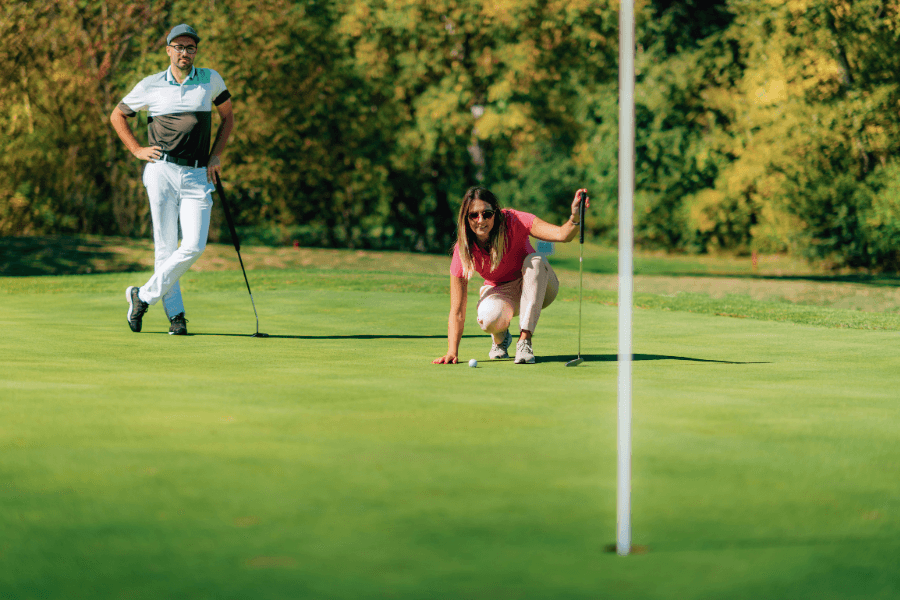 Putting with Precision
Putting with Precision
Tips on reading greens for putting involve both visual and physical cues. Get low to the ground to better see the slopes. Use your feet as well; walking the line of your putt can help you feel subtle undulations that your eyes might miss.
Reading Golf Green Grain
How to read golf green grain effectively? Observe the area around the hole as it often shows the grain direction more clearly. The side where the grass is thicker and the hole appears ragged indicates against the grain, which will slow the putt.
Practice Regularly
Like any skill, reading greens gets better with practice. Spend time on different greens with varying grass types and slopes. The more varied the greens you practice on, the better your reading skills will become.
By incorporating these golf green reading tips into your practice routine, you'll develop a keener sense for how the ball will behave on the greens, ultimately improving your putting game.
Maximizing Precision with Green Reading Tools
Green reading is a nuanced skill in golf, and the use of green reading tools can greatly enhance a golfer's accuracy on the green. These tools range from physical aids like green reading books golf, which provide detailed contours and slopes of greens at specific courses, to digital solutions such as the best golf green reading apps.
Green reading book
 Green reading books are essential tools for golfers, providing detailed insights into the greens of a golf course. These guides are particularly helpful for improving putting skills, as they offer comprehensive maps and graphics that highlight the nuances of each green, including its slopes and contours. Understanding these subtle elevations can significantly influence the ball's trajectory and, ultimately, your success on the green.
Green reading books are essential tools for golfers, providing detailed insights into the greens of a golf course. These guides are particularly helpful for improving putting skills, as they offer comprehensive maps and graphics that highlight the nuances of each green, including its slopes and contours. Understanding these subtle elevations can significantly influence the ball's trajectory and, ultimately, your success on the green.
Recommended Green Reading Books
StrackaLine Green Books
Favored for their accuracy and detail, these books are a popular choice among both professional and amateur golfers.
PuttView Books
Known for their user-friendly design, these books provide clear visual representations of green contours.
Pro Green Book Ltd.
Used in professional tours, these books offer detailed topographical information and can be customized for various golf courses.
GolfLogix Green Books
These books stand out for their holistic approach, offering detailed green analysis along with hole-by-hole guidance.
Green reading app
Green reading apps use GPS data and sophisticated algorithms to map the contours, slopes, and undulations of golf course greens. They display this information in an easily understandable format, often with 3D visuals, helping golfers to "read" the green more accurately. This technology aids in predicting how a ball will move on the green, taking into account factors like slope gradient, direction, and the green's overall topography.
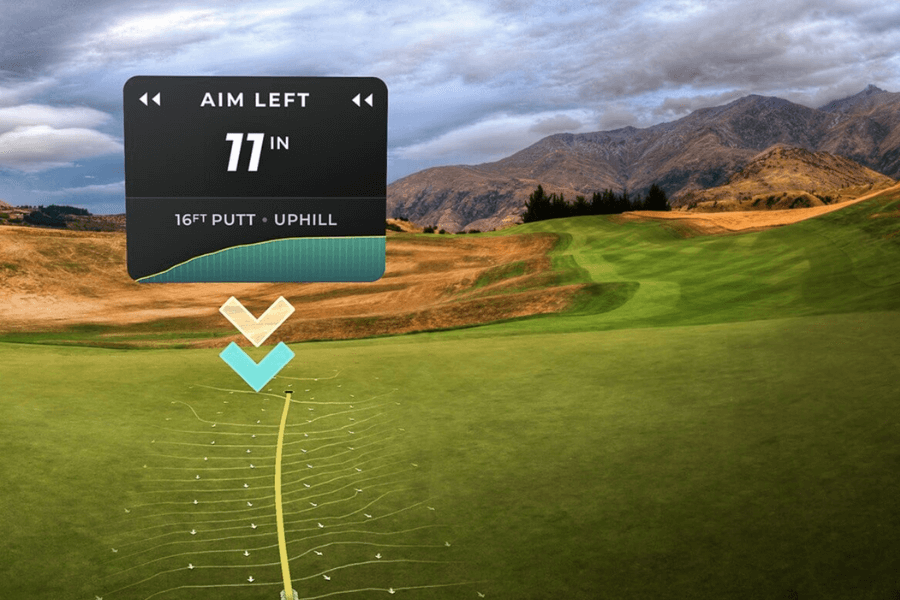 How to Use Green Reading Apps:
How to Use Green Reading Apps:
Course Mapping
Many apps require you to select the golf course you're playing on. They often have pre-loaded maps of thousands of golf courses worldwide.
Analyze the Green
Once on the course, use the app to analyze the specific green you are playing. The app will display a detailed map of the green's contours and slopes.
Plan Your Putt
Use the visual data from the app to plan your putt, taking into consideration the break and roll predicted by the app.
Adjust Based on Real-Time Conditions
Keep in mind that the app's data might not account for daily variations in green conditions like speed, moisture, or recent maintenance work. Use the app's data as a guide but also rely on your judgment and feel.
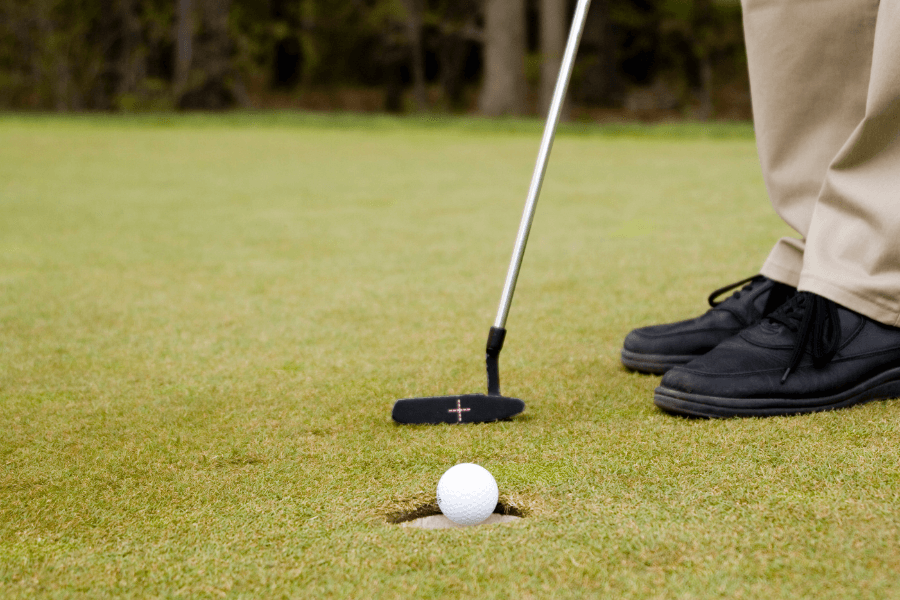 Best Green Reading Apps
Best Green Reading Apps
GolfLogix
One of the most popular green reading apps, GolfLogix offers detailed 3D green maps and a vast library of courses.
18Birdies
This app is known for its GPS range finder and green maps. It's also a comprehensive golf app with score tracking and social features.
StrackaLine
Offers highly accurate green maps and is favored by many tour professionals. The app provides detailed readings of slopes and contours.
PuttView
Renowned for its visual clarity and ease of use, PuttView combines green reading with augmented reality features for an immersive experience.
The Grint
A well-rounded app that includes green reading features along with handicapping and other golf tools.
